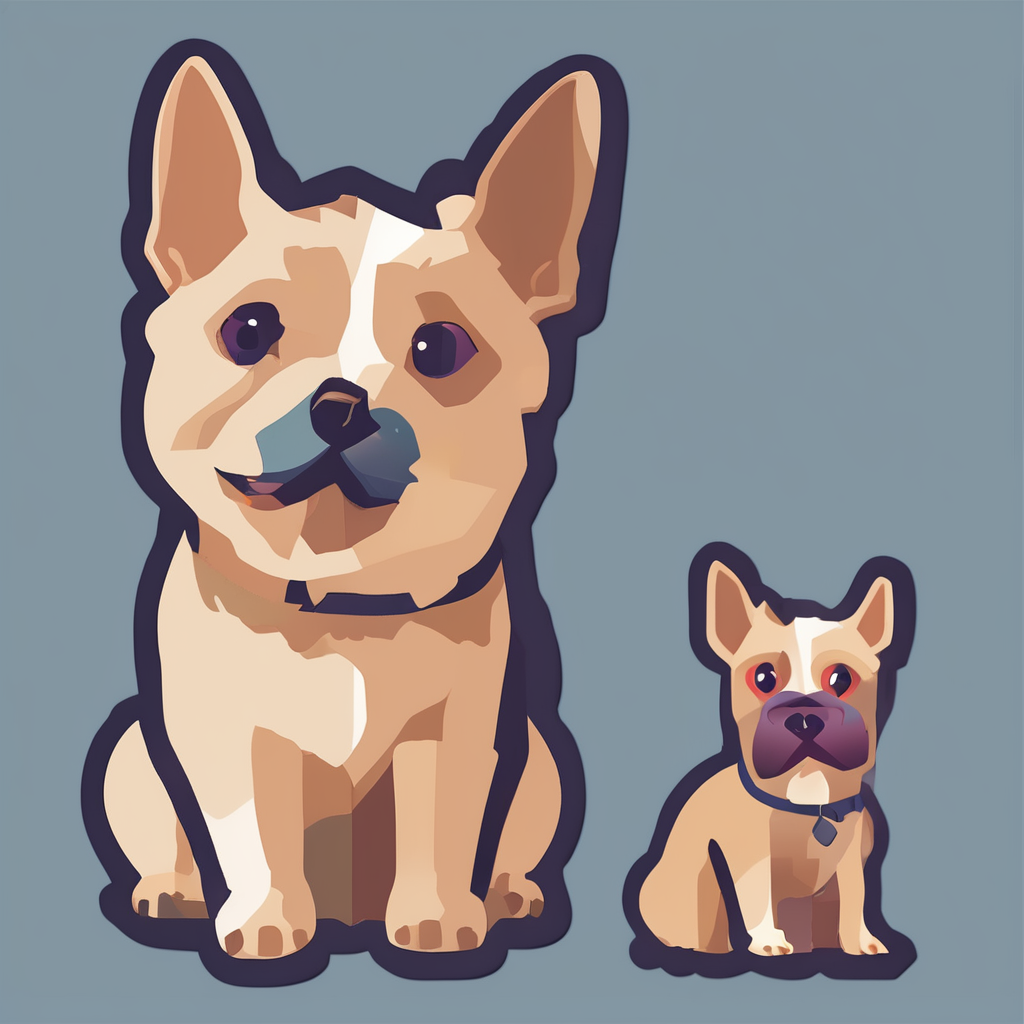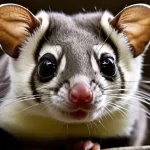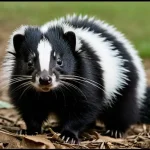Essential Habitat Requirements for Sugar Gliders
Creating an ideal sugar glider enclosure setup starts with understanding the minimum cage size for sugar gliders. Experts recommend a cage size no smaller than 24 x 24 x 36 inches to ensure enough space for climbing and gliding. Space matters because sugar gliders are active creatures that require room to exercise and explore, which promotes their health and happiness.
Choosing safe cage materials is equally crucial. Stainless steel and powder-coated metal cages are preferred due to their durability and non-toxic properties. Avoid cages with zinc or lead-based paints, as these can be poisonous. The cage’s construction should feature sturdy bars spaced no more than 0.5 inches apart to prevent escapes while allowing sufficient visibility and airflow.
This might interest you : How can you ensure the well-being of a pet skunk?
Proper ventilation is essential in any sugar glider enclosure setup, as it prevents moisture buildup and maintains air quality. Look for cages designed to provide consistent ventilation without drafts. Finally, secure latching mechanisms are a must to keep sugar gliders safely inside, preventing accidental escapes or predator access. Quality locks or clips enhance safety and peace of mind for both owners and pets.
Enrichment and Comfort Considerations
Creating a vibrant environment with sugar glider cage enrichment is essential for their mental and physical health. Selecting and placing habitat toys and branches strategically can encourage climbing, jumping, and playful behaviors. Toys like hanging chew items and exercise wheels should be positioned to simulate natural movement, promoting exercise and preventing boredom.
Additional reading : How Can Alternative Pets Revolutionize British Households?
Comfortable bedding for sugar gliders is equally important. Soft, absorbent materials arranged to allow nesting replicate the secure environments they seek in the wild. Proper bedding placement supports restful sleep and reduces stress, contributing to overall well-being.
Additionally, environmental enrichment involves more than just physical additions. Rotating toys and altering branch arrangements regularly keeps the habitat stimulating and engaging. This dynamic setup prevents routine and aids in mental stimulation, replicating the diversity of their natural habitat.
Attention to these factors—selecting varied, well-placed habitat toys and branches, ensuring comfortable bedding for sugar gliders, and maintaining changing enrichment—supports a thriving, happy sugar glider. Their habitat becomes a safe haven, catering to both exercise and rest needs with thoughtful, consistent enrichment for vitality and happiness.
Maintaining Optimal Environmental Conditions
Creating the perfect climate for sugar glider habitat is crucial for their health and happiness. Sugar gliders thrive best in temperatures ranging between 75°F and 80°F (24°C to 27°C). Extreme cold or heat can stress them, leading to health issues. Maintaining stable temperature control is essential; fluctuations should be minimal to mimic their natural environment.
Equally important is the ideal humidity for sugar gliders, which should stay around 50%-60%. Too dry an environment can cause dehydration and skin problems, while excess humidity may encourage mold growth and respiratory complications. Using a hygrometer helps monitor this balance precisely.
Cage placement plays a vital role in environmental control. Position the sugar glider’s cage away from drafts, which can chill them, and avoid direct sunlight, which can cause overheating. Nearby heaters or air conditioners should not blow directly on the cage, as they disrupt temperature and humidity balance. Keeping the habitat in a quiet, stable climate zone within your home optimizes comfort and health.
By managing sugar glider temperature control, humidity, and thoughtful cage placement, you create a safe and thriving environment for your pet. This care shows your commitment to their wellbeing.
Feeding, Water, and Diet Placement
Ensuring a sugar glider feeding setup that promotes health and hygiene is key for your pet’s well-being. Food bowls should be made of non-toxic, durable materials like ceramic or stainless steel. Place them on stable, flat surfaces or feeding ledges within the habitat to prevent tipping and spills. Avoid plastic, which can harbor bacteria and is prone to damage.
For water, choose appropriate water bottle types such as sipper bottles with metal spouts or gravity-fed water dispensers. These designs reduce contamination risks and help keep water clean throughout the day. Position water bottles slightly above feeding areas but out of direct reach to avoid leaks and messes.
When considering diet placement in habitat, avoid placing food near bedding or substrate to prevent contamination. Use designated feeding stations elevated off the floor or attached to cage bars for easy access. This placement minimizes waste and allows for quick cleaning, maintaining a sanitary environment for your sugar gliders.
Overall, a thoughtful combination of food bowls, water bottles, and strategic diet placement forms a practical and hygienic sugar glider feeding setup. This setup reduces mess and promotes healthy eating habits, offering your pet the care they deserve.
Safety and Cleaning Routines
Maintaining a sugar glider habitat safety begins with a well-planned cleaning schedule for sugar glider cage hygiene. A routine that includes daily spot cleaning removes waste and leftover food, which prevents bacteria buildup and keeps your pet healthy. Regularly changing and cleaning the bedding is essential; soiled bedding can harbor harmful bacteria and parasites, which compromise habitat safety.
For full cleanouts, a weekly deep cleaning is recommended. During this process, remove all items, including toys and branches, then thoroughly clean the cage with safe cleaning products for pets. Avoid harsh chemicals like bleach or ammonia as these can be toxic. Instead, opt for pet-safe cleaners such as diluted white vinegar or enzymatic cleaners specifically designed for animal habitats.
Ensuring your cleaning routine balances effectiveness with your sugar glider’s safety is vital. Establish a schedule that combines daily spot cleaning and weekly deep cleans to maintain a sanitary environment. This approach minimizes health risks and supports your pet’s well-being. By using approved, non-toxic products, you safeguard both your sugar glider and your household.






